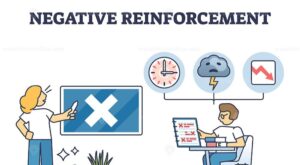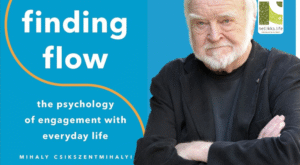The Seven-Year Itch: Myth, Reality, and the Science Behind Relationship Change

A Cultural Phrase with Deeper Roots
The term “Seven-Year Itch” is popularly used to describe a decline in happiness, intimacy, or satisfaction in a long-term relationship or marriage, often around the seventh year. It entered pop culture largely due to the 1955 film The Seven Year Itch starring Marilyn Monroe, but the phrase actually predates the movie. Over time, it has been used both humorously and seriously to talk about the point where couples allegedly begin to grow apart.
But is this just a romantic cliché, or does science suggest there’s some truth to it?
The Data: Is Seven a Magic Number?
Research on marriage duration and divorce rates shows some interesting patterns:
- Peak divorce risk: Studies from the U.S. Census Bureau and American Sociological Review indicate that divorce risk often peaks between years 5 and 8 of marriage. This supports the idea that somewhere around the “seven-year mark,” dissatisfaction or incompatibility may become more visible.
- Indian context: While formal studies in India are limited, anecdotal evidence from family counsellors shows that major adjustments, lifestyle changes, and child-rearing pressures often surface between the 5th and 8th year.
- Global perspective: A 2012 study in Journal of Marriage and Family highlighted that relationship satisfaction often declines steadily in the first 7–10 years before stabilizing or improving in later years for couples who remain together. [1]
The Psychology Behind It
The “itch” isn’t about a magical clock ticking; it’s about human adaptation and changing relationship dynamics.
- Hedonic Adaptation [2]
- Over time, the novelty of the relationship naturally diminishes.
- The brain’s reward system, initially flooded with dopamine during the honeymoon phase, begins to normalize, reducing the “high” from romantic interactions.
- Life Stage Stressors
- Around the 5–8-year mark, couples may be dealing with career pressures, parenting demands, financial responsibilities, and aging parents.
- These stressors can reduce couple time, intimacy, and emotional connection.
- Unmet Expectations
- Long-term relationships often bring to light deep-seated differences in values, communication styles, or life goals that weren’t obvious in the early years.
- Neurochemistry of Bonding
- Early romantic attachment is dominated by dopamine and norepinephrine; long-term attachment relies more on oxytocin and vasopressin. If emotional intimacy is not nurtured, the shift can feel like a loss of “spark.”
Scientific Theories and Evidence
- Evolutionary biology: Some anthropologists suggest that human pair bonding evolved to last long enough to raise a child to self-sufficiency — often around 4–7 years in early societies. While not definitive, it offers an interesting evolutionary lens.
- Relationship science: Dr. John Gottman’s research at The Gottman Institute shows that conflict patterns, not time alone, predict relationship breakdown. The “seven-year” mark may simply be when unresolved issues accumulate to a breaking point.
Preventing the Seven-Year Itch
If the “itch” is about neglect, stress, and unmet needs, it can be addressed — and even prevented — with conscious effort.
- Regular Emotional Check-ins
- Weekly or monthly “relationship meetings” to discuss feelings, goals, and issues before they snowball.
- Prioritising Intimacy
- Physical closeness, affectionate touch, and emotional sharing keep oxytocin levels high, strengthening long-term bonding.
- Novelty and Shared Adventures
- Engaging in new experiences together stimulates dopamine release, recreating the brain chemistry of early romance.
- Work–Life Balance
- Managing career and family pressures in a way that preserves quality couple time.
- Professional Support
- Early counselling can address emerging dissatisfaction before it turns into a crisis.
Beyond the Myth
The “Seven-Year Itch” is not a prophecy — it’s a reminder. Relationships are living systems that need attention, nurturing, and adaptation to thrive. While statistics suggest that many couples hit a challenging phase around the 5–8-year mark, these challenges are not inevitable endpoints.
With conscious connection, open communication, and shared purpose, couples can transform this “itch” into a deeper, more mature phase of love — proving that the seven-year milestone can be a time of renewal rather than rupture.




